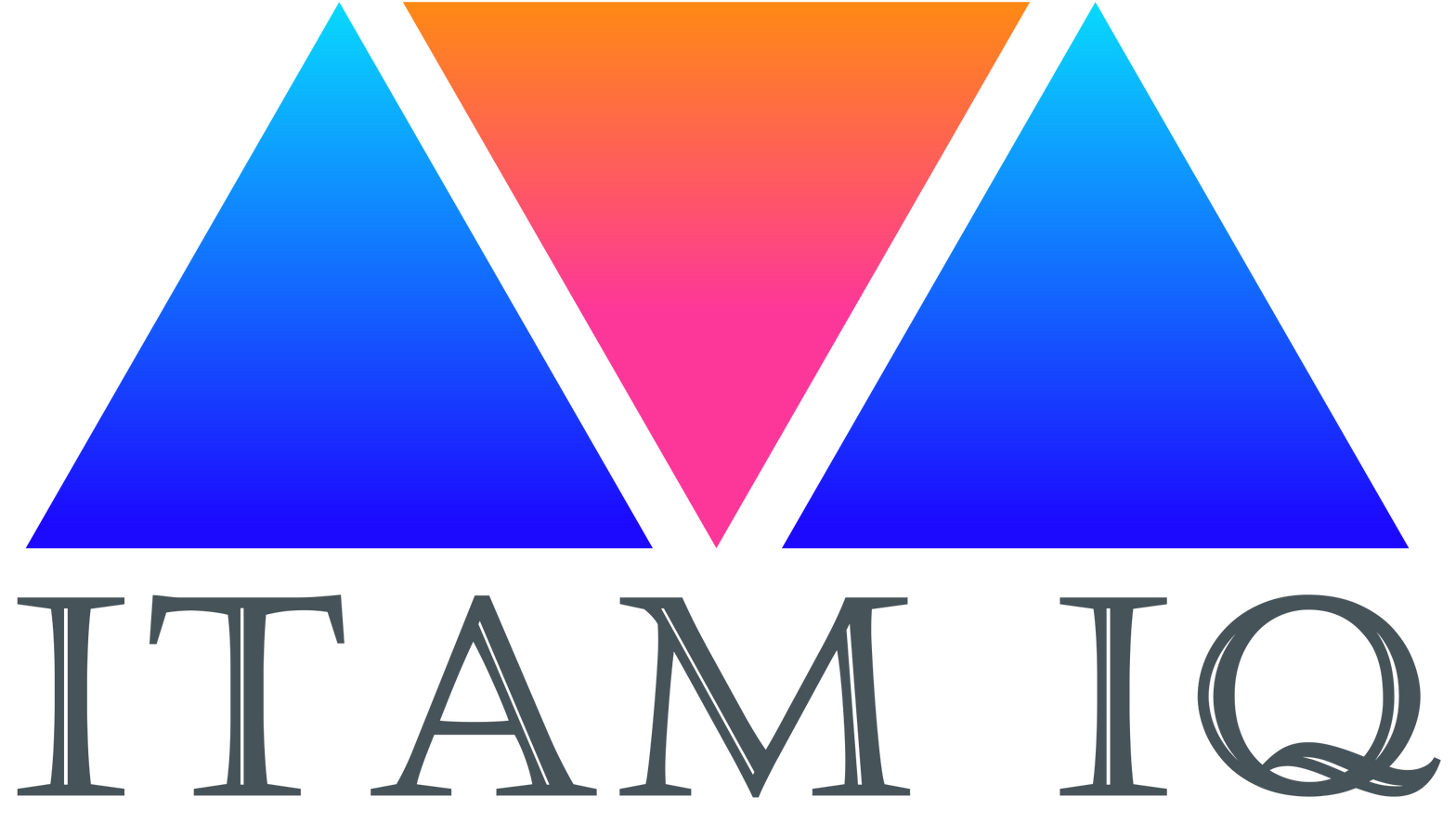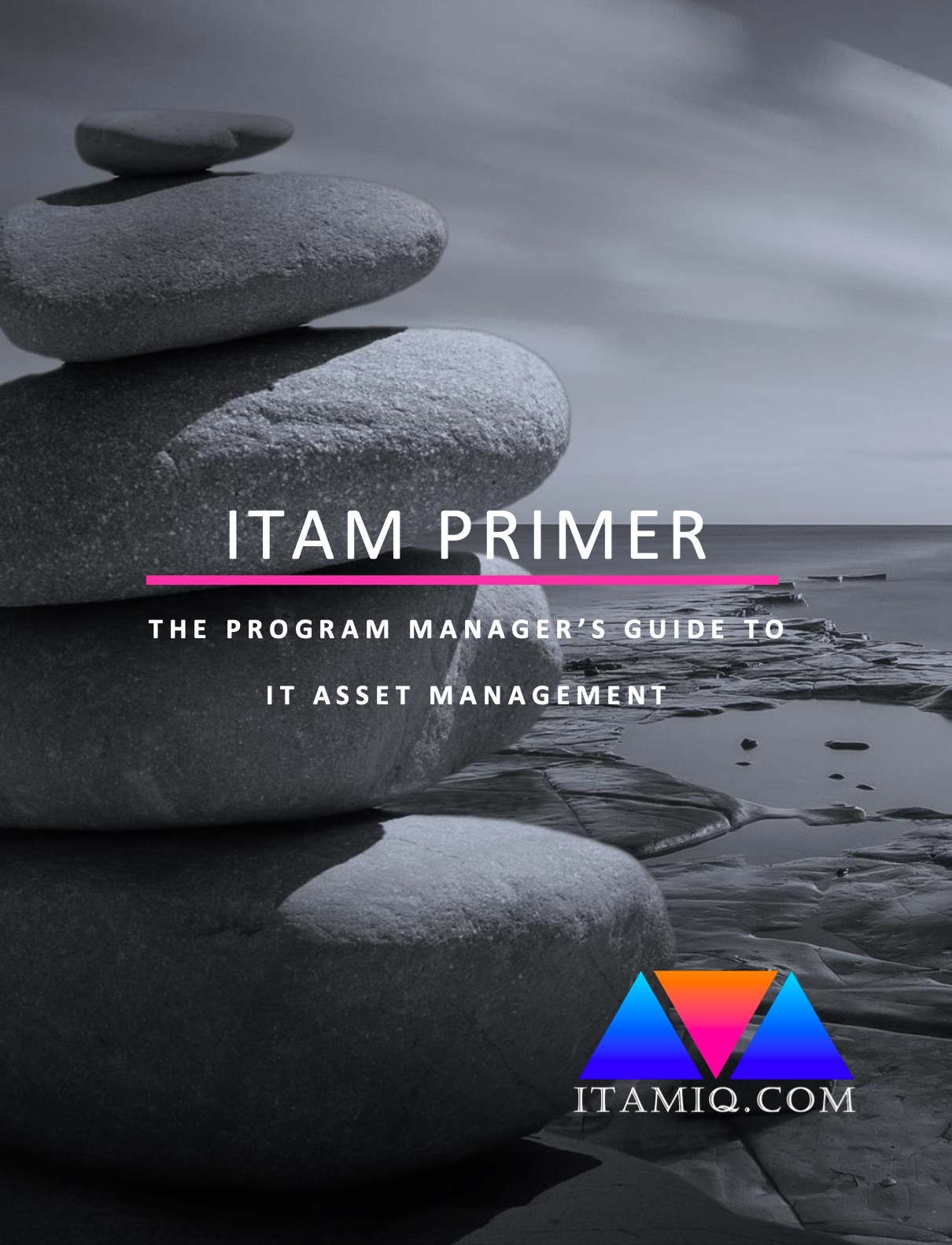A robust IT vendor management program is required if IT vendors form the foundation of an organization’s success. The IT vendor nee ds to be managed differently than typical vendors. Some vendor management programs manage vendors to the lowest common denominator. For example, invoices are rated based on the accuracy of the line items and sometimes just the total charge. This means the IT vendors are managed based on the same criteria as those that supply toilet paper! Yet we know invoices for software asset management require much more scrutiny, including an accurate software title, seller name, and buyer name.
Not all vendors are managed to the same degree. Vendors are ranked based on spending, criticality, and risk. The vendors are managed based on the contractional agreement created during the Acquisition Phase. Thus, another reason ITAM must be involved in contract negotiations. Suppose software license compliance is defined as adhering to the terms and conditions of the license agreement; then vendor compliance is defined as adhering to the terms and conditions of the vendor contract.
Vendor management requires people skills. The vendor manager must solicit input from anyone interacting with the vendor’s solutions or personnel. The vendor’s solutions, personnel, and billing performance are represented in the vendor scorecard, a tool used to provide feedback to the vendor efficiently. The frequency of meetings with the vendors depends on their ranking. Vendors the organization depends on most meet more frequently with vendor management than vendors who contribute little to the organization’s operations.
The vendor management effort also depends on the IT asset type, which includes services. For example, a vendor that provides mobile asset management lifecycle support requires more effort to manage than a vendor whose mobile assets are acquired with only a warranty. The importance of ITAM vendor management has been significantly elevated with the adoption of the cloud.


















